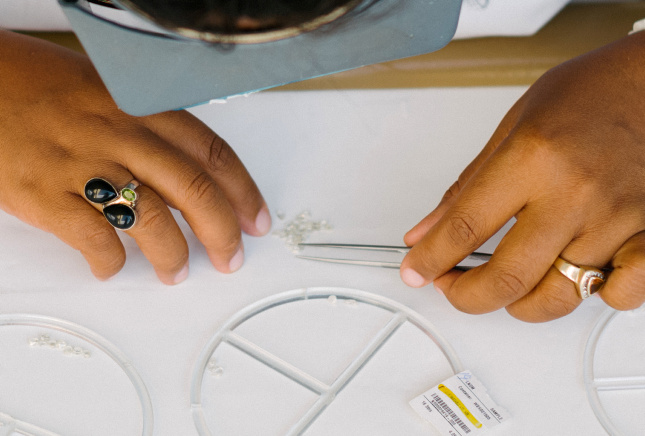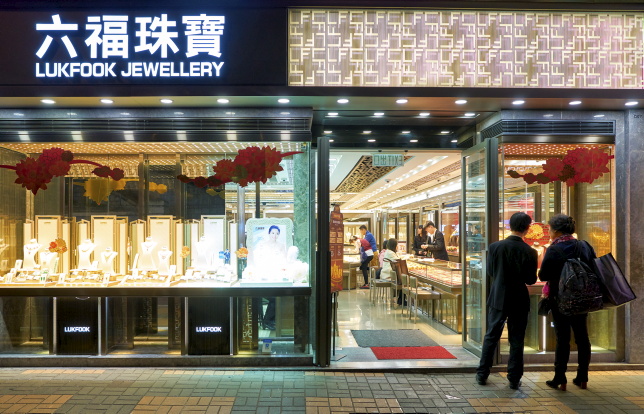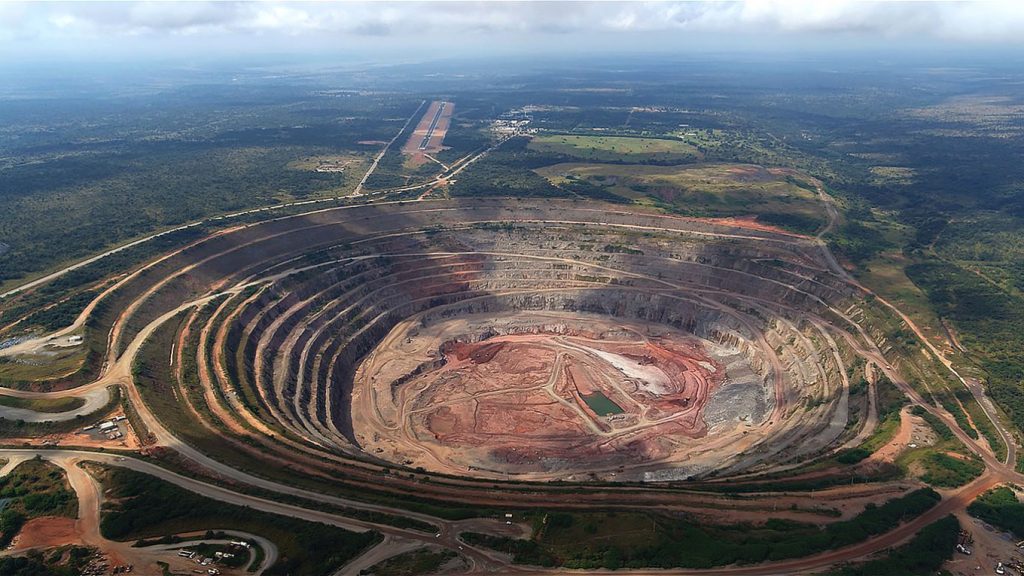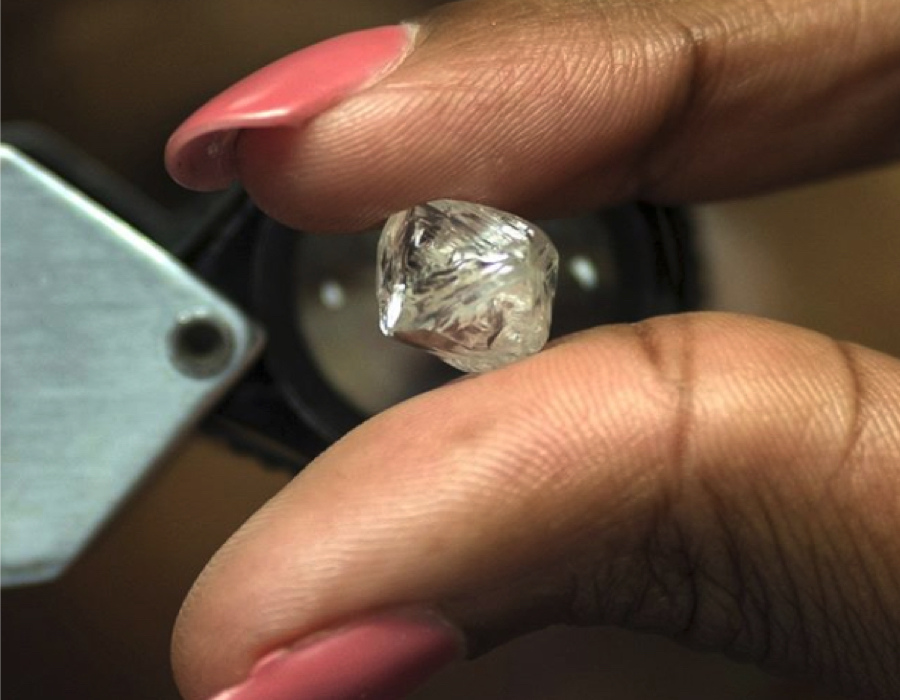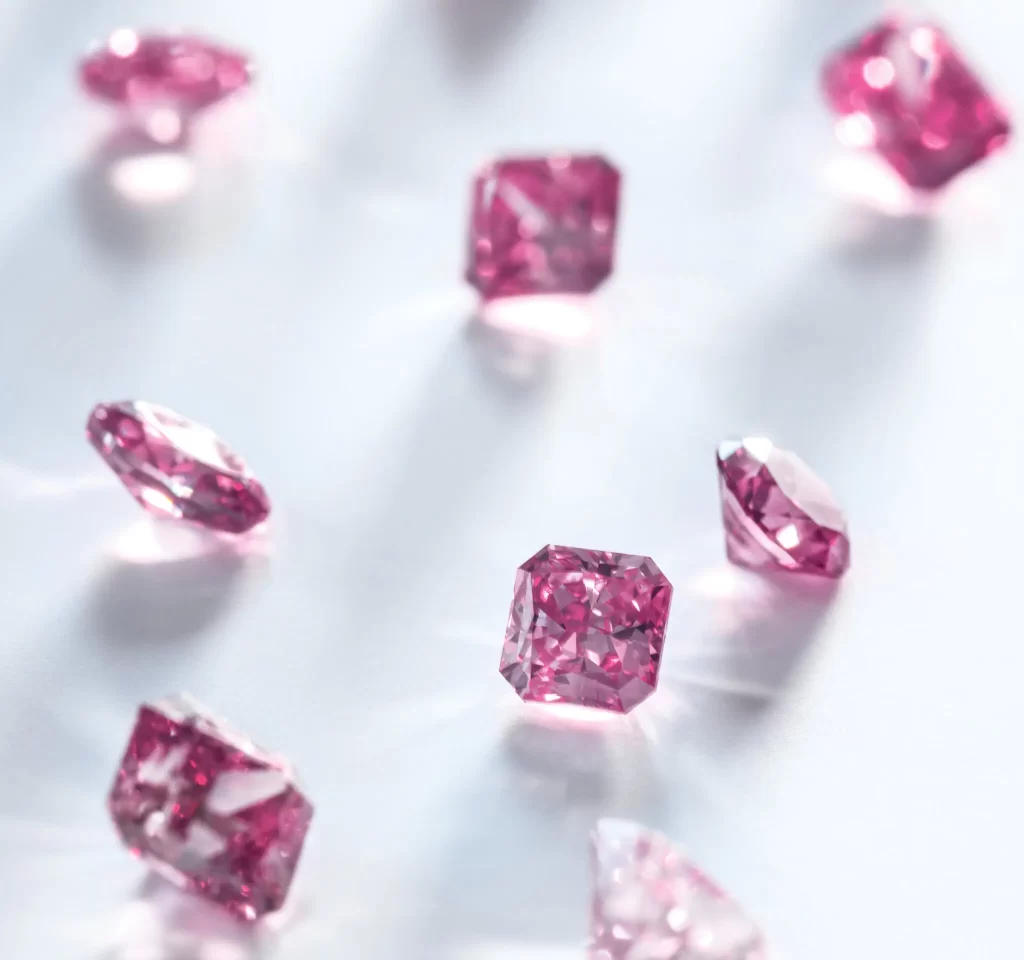
Diversified mining company Rio Tinto’s second Beyond Rare tender has achieved a strong result, underscoring the rarity and unique provenance of the diamonds on offer.
The auction, which featured some of the world’s most coveted natural fancy coloured diamonds, also showcased the continuing global demand for these rare treasures.
The collection, which comprises 76 diamonds across 48 lots, included an exceptional mix of pink, red, and violet diamonds from the now-closed Argyle diamond mine in Australia, as well as white and yellow diamonds from Rio Tinto’s Diavik mine in Canada.
For the first time, the tender also included seven “Old Masters”, notable historic diamonds from the Argyle mine, further elevating the event’s appeal to collectors.
The tender saw successful bids from 12 bidders spanning Australia, Europe, Japan, Hong Kong, the Middle East, Singapore, and North America.
“The continued strong global interest in highly collectible natural coloured diamonds and the resulting value creation, reflects their stature as works of art to be treasured for future generations,” commented Rio Tinto Minerals CEO Sinead Kaufman.
One standout lot, Lot 40, which featured a 4.04-ct pear-shaped pure white diamond from the Diavik mine, alongside two rare pear-shaped violet diamonds from the Argyle mine, was entrusted to Danish luxury jeweller Hartmanns. The company will work with Glajz, an Argyle Pink Diamonds Icon Partner, to create a one-of-a-kind heirloom jewellery piece from these diamonds.
“I am honoured to be creating a jewelled treasure that reflects each magnificent birthplace of these three esteemed diamonds – Argyle in the remote East Kimberley region of Western Australia and Diavik, just below the Arctic Circle on the frozen edge of the earth in Canada’s Northwest Territories,” said Hartmanns owner Ulrik Hartmann.
Rio Tinto’s Argyle diamond mine, which ceased production in November 2020, was the source of nearly entirely the world’s total supply of rare pink and red diamonds. With 37 years of production, Rio Tinto continues to manage the Argyle Pink Diamonds brand, facilitating sales of remaining inventory and collaborating with prominent jewellers globally.
In addition to owning the Argyle Pink Diamonds™brand, Rio Tinto is the majority owner and operator of the Diavik mine in Canada. The company also continues to explore new opportunities in the diamond sector, with a recent joint venture agreement with Endiama, the national diamond mining company of Angola, to explore the Chiri kimberlite in Angola’s Lunda Sul province.
Source: DCLA

